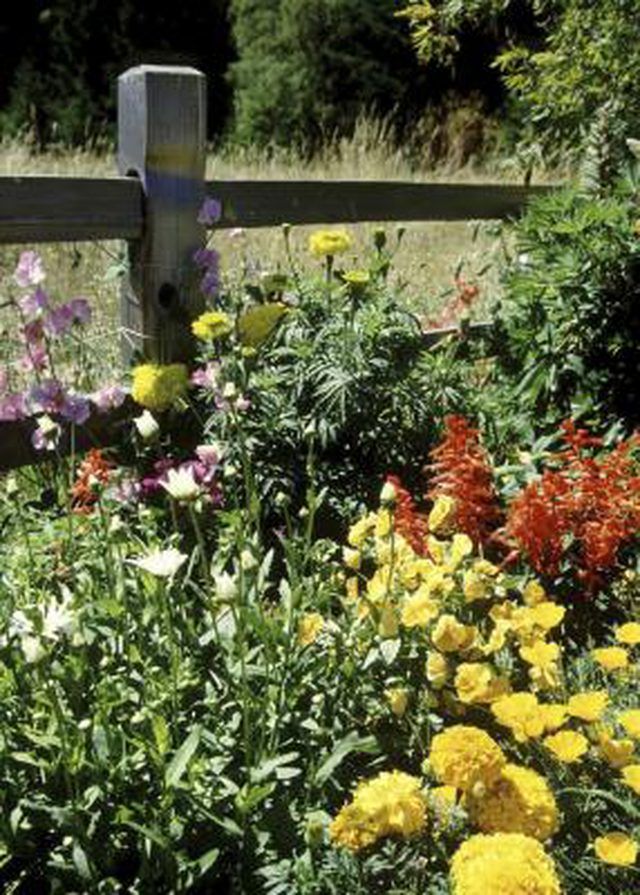Bulbs
Flower Basics
Flower Beds & Specialty Gardens
Flower Garden
Garden Furniture
Garden Gnomes
Garden Seeds
Garden Sheds
Garden Statues
Garden Tools & Supplies
Gardening Basics
Green & Organic
Groundcovers & Vines
Growing Annuals
Growing Basil
Growing Beans
Growing Berries
Growing Blueberries
Growing Cactus
Growing Corn
Growing Cotton
Growing Edibles
Growing Flowers
Growing Garlic
Growing Grapes
Growing Grass
Growing Herbs
Growing Jasmine
Growing Mint
Growing Mushrooms
Orchids
Growing Peanuts
Growing Perennials
Growing Plants
Growing Rosemary
Growing Roses
Growing Strawberries
Growing Sunflowers
Growing Thyme
Growing Tomatoes
Growing Tulips
Growing Vegetables
Herb Basics
Herb Garden
Indoor Growing
Landscaping Basics
Landscaping Patios
Landscaping Plants
Landscaping Shrubs
Landscaping Trees
Landscaping Walks & Pathways
Lawn Basics
Lawn Maintenance
Lawn Mowers
Lawn Ornaments
Lawn Planting
Lawn Tools
Outdoor Growing
Overall Landscape Planning
Pests, Weeds & Problems
Plant Basics
Rock Garden
Rose Garden
Shrubs
Soil
Specialty Gardens
Trees
Vegetable Garden
Yard Maintenance
How to Make Garden Flowers Bloom Longer
How to Make Garden Flowers Bloom Longer. One of the biggest assets a garden can have is a lot of color, but maintaining the garden in bloom for long periods of time is often challenging even for the most experienced gardeners. Most plants display beautiful blooms for a short time, and turn into green or brown sticks with seedpods all too soon....

One of the biggest assets a garden can have is a lot of color, but maintaining the garden in bloom for long periods of time is often challenging even for the most experienced gardeners. Most plants display beautiful blooms for a short time, and turn into green or brown sticks with seedpods all too soon. There are several gardening practices that you can use to extend the blooming season of your plants.
Things You'll Need
Hand pruners
Fertilizer
Plant with different blooming time
The first way to make your plants keep blooming is to deadhead them, or cut off the spent flowers. Since faded flowers don't add much to the garden, you are already improving appearance by cutting them, but more than that, you are keeping those flowers that have been pollinated from putting their energy into making seeds. If the plant cannot make seeds, it will create more flowers to try to make seeds again. In short, the energy goes into producing flowers rather than seeds. This works particularly well on annuals, as they will bloom a lot to produce all the seed they can. It also works on the returning perennials, but at a certain point perennials put their energy into leaves and roots for next year, so they cannot -- and shouldn't -- bloom too much.
Fertilization also helps blooming. Use a fertilizer at half the strength and more frequently than the package says, so that you don't risk burning your plants. Select a fertilizer with high amounts of phosphorous, which promotes blooming, and potassium, necessary for stem strength. There are three numbers separated by a dash on all fertilizers. Look for a formula where the second two numbers, representing phosphorous and potassium, are higher. The first number represents nitrogen, which is also very important, but it helps more with leafy, green growth.
Replace annuals. When your single-season plants, like petunias, pansies and marigolds, have finished their blooming and life span, dig them up and replace them with more colorful plants for the next season. Leave the perennials to bloom next year, but if there are bare areas around them, you can add color by partnering these plants with either big-blooming, short-lived annuals, or other perennials that come into bloom later.